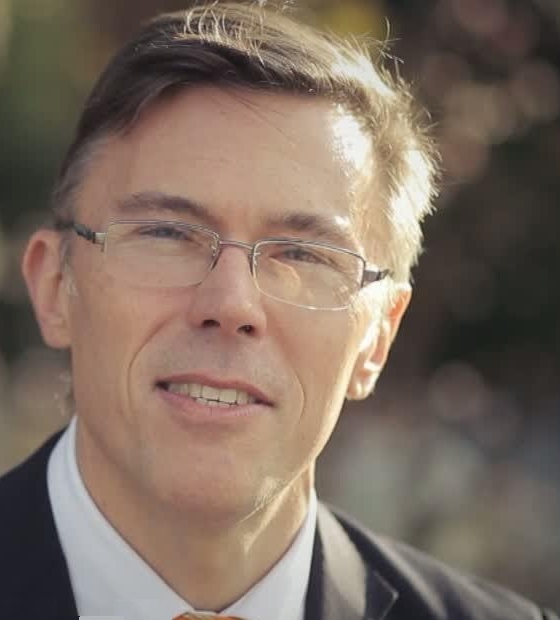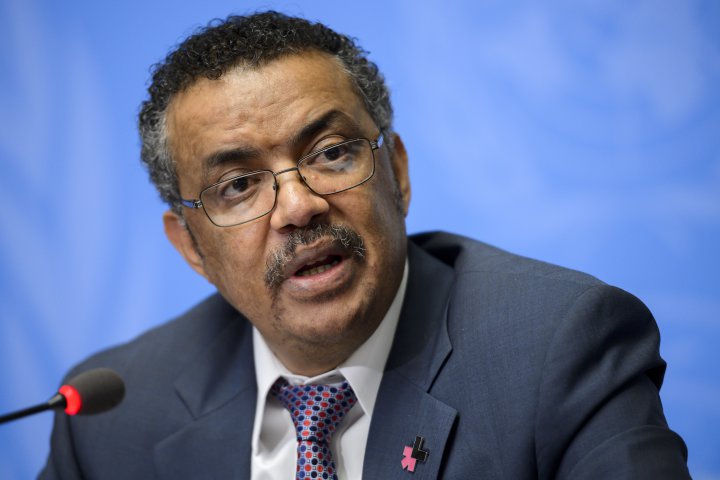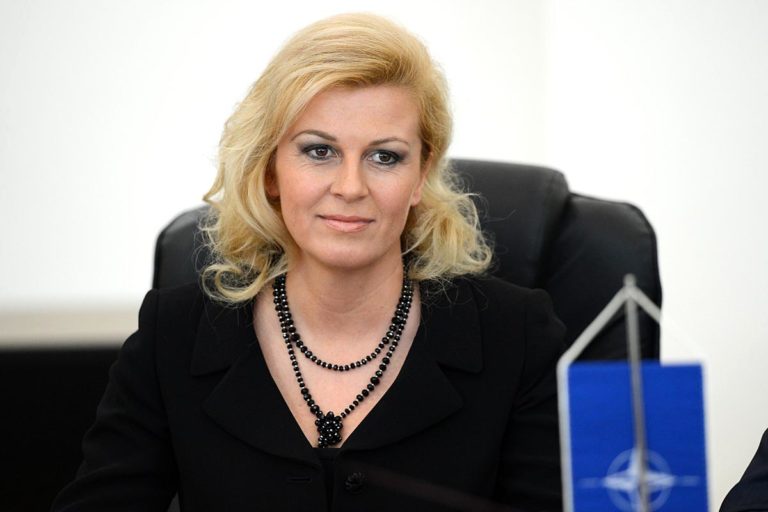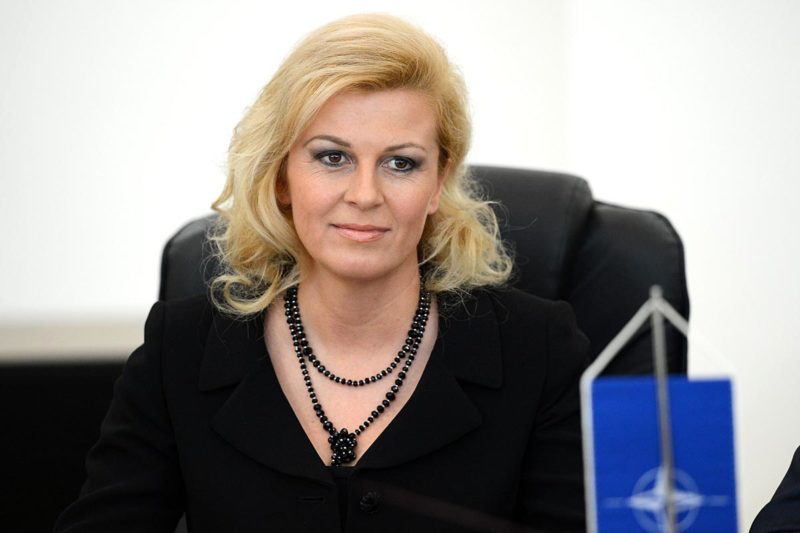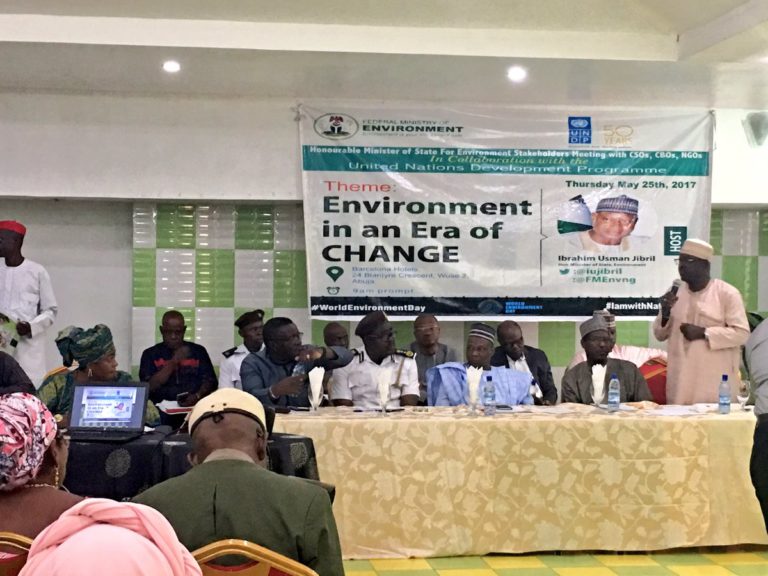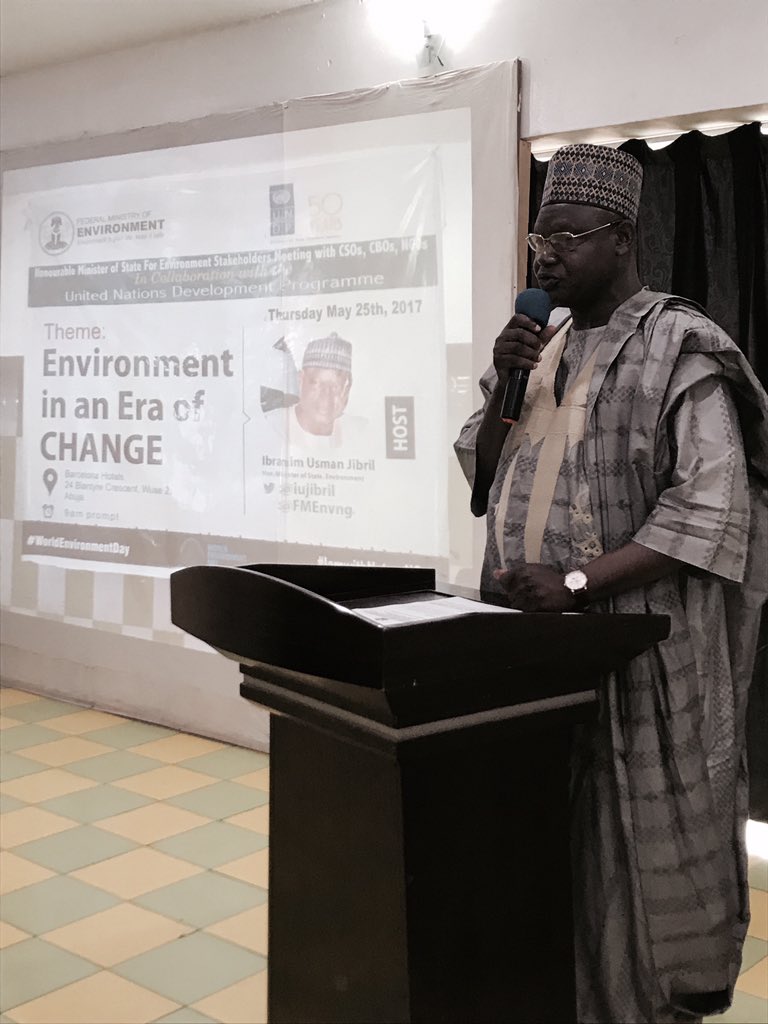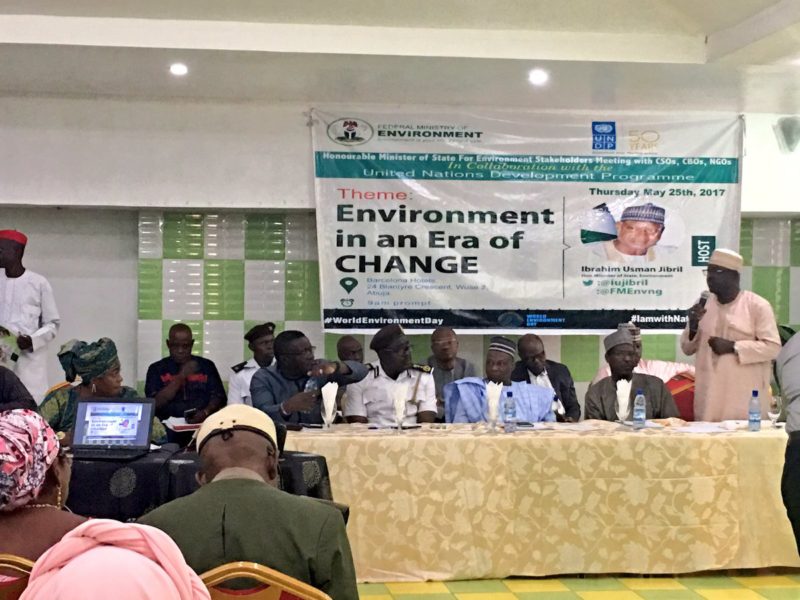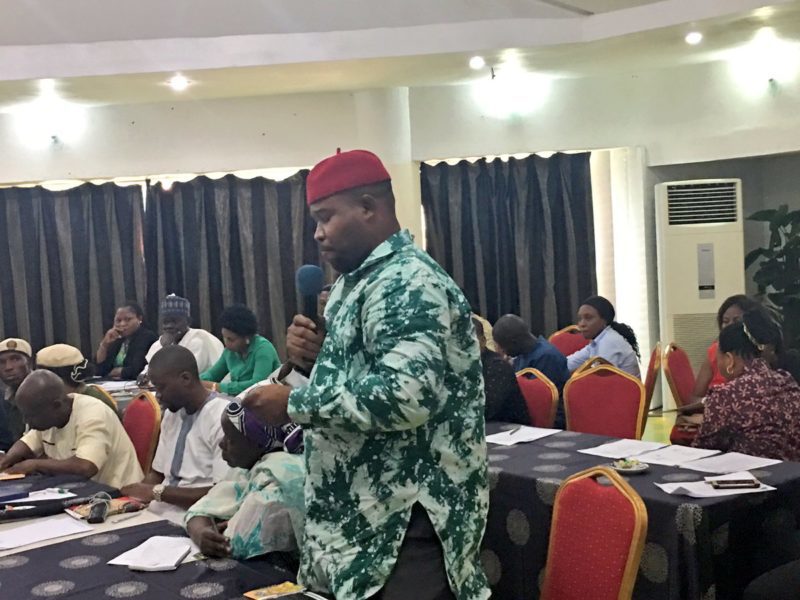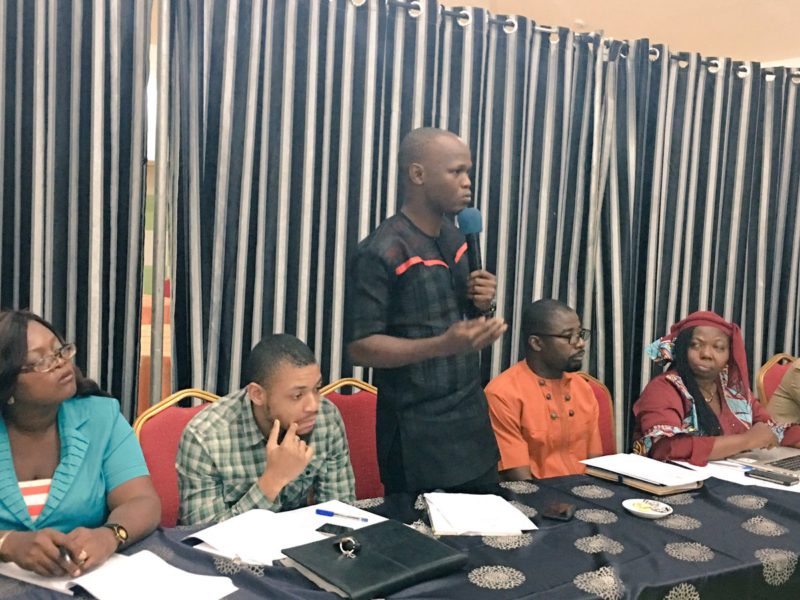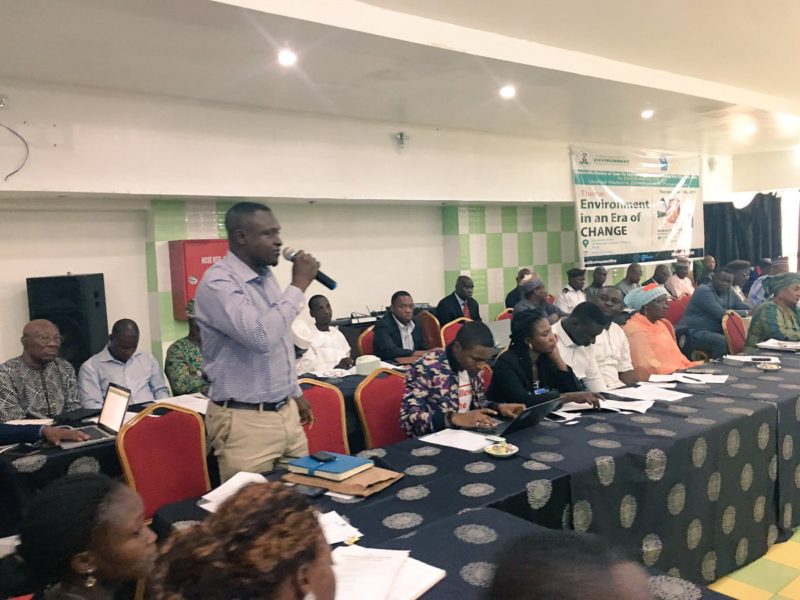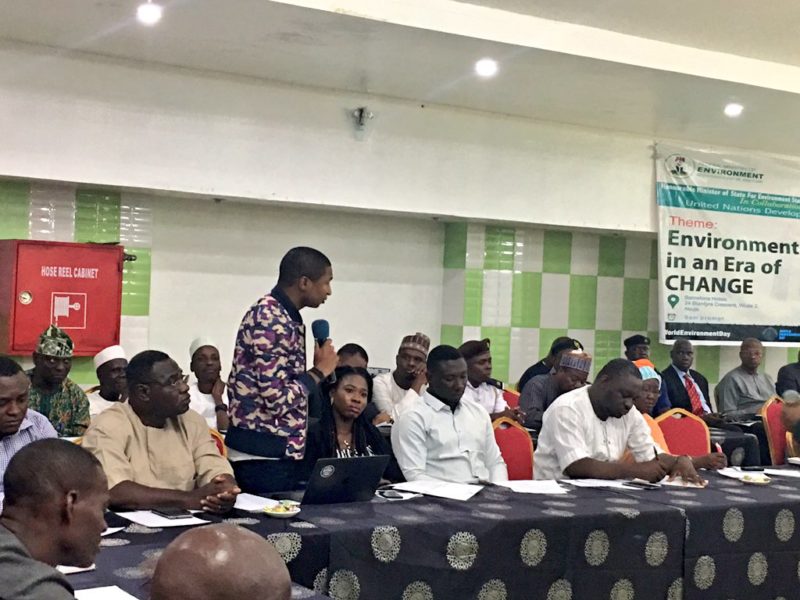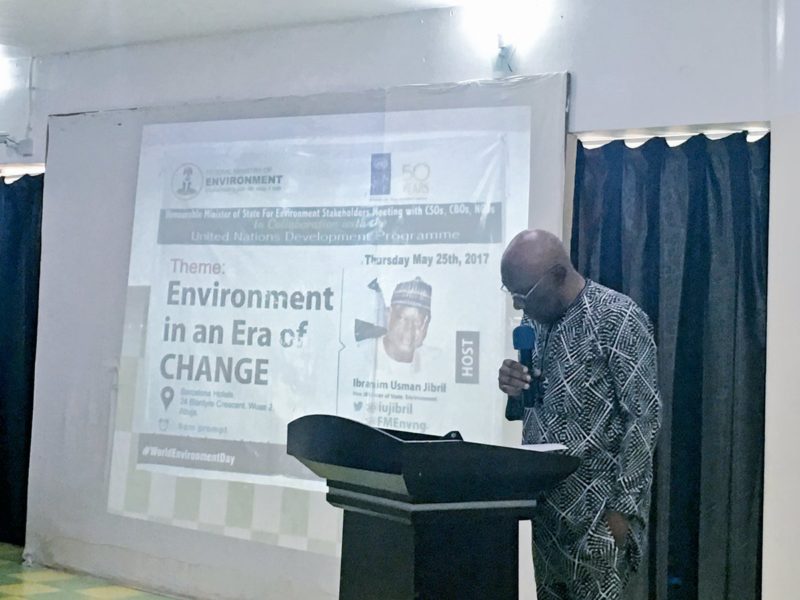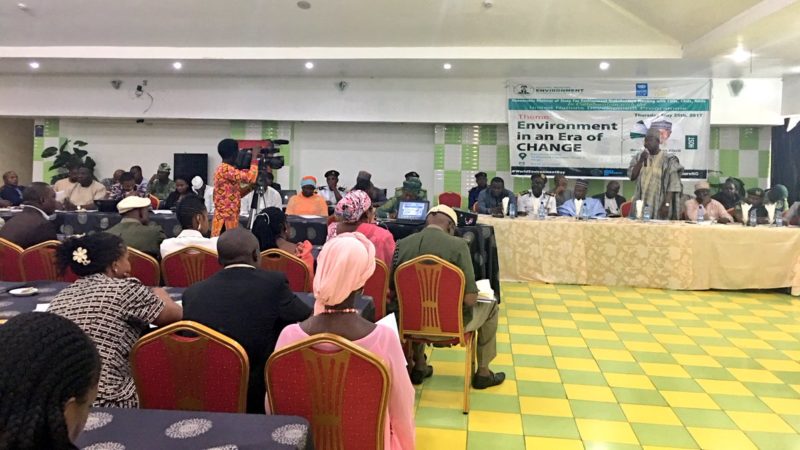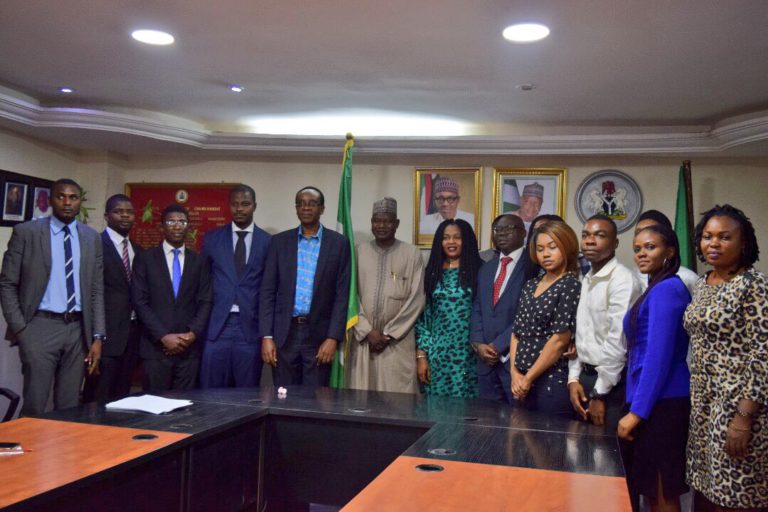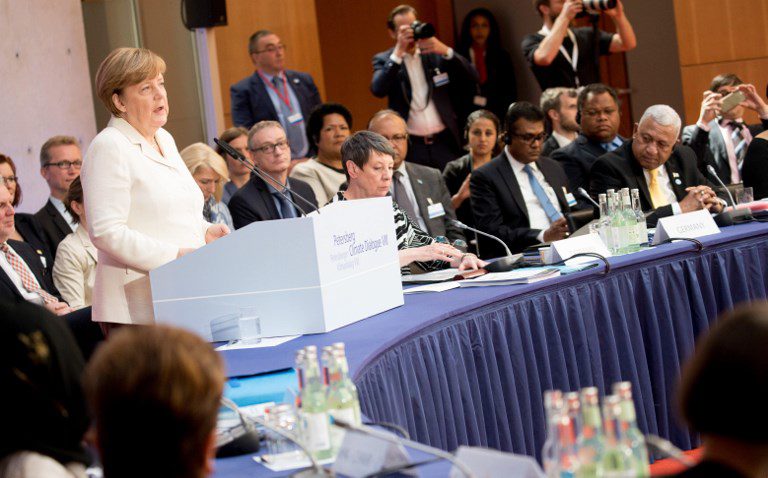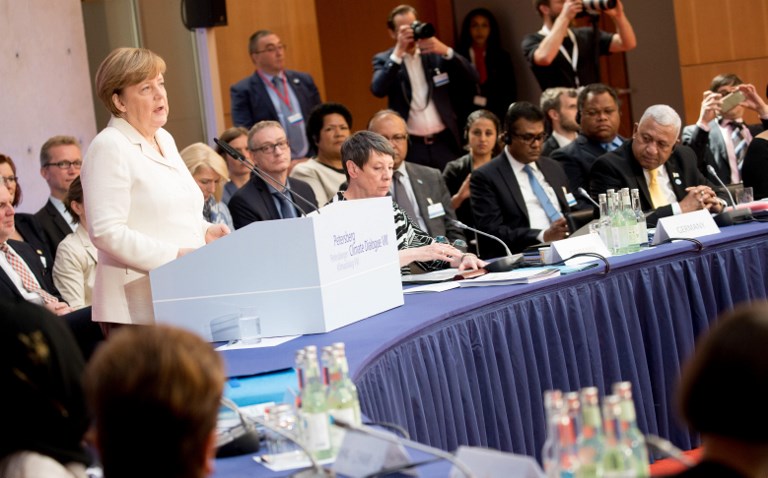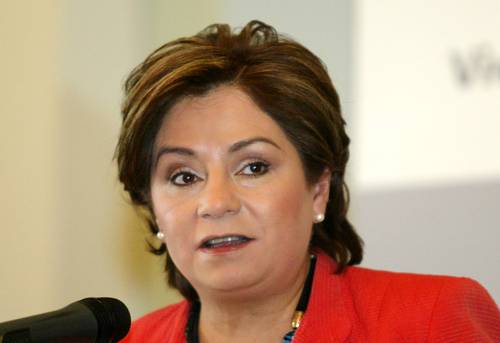New insights on carbon prices to transform the power sector were launched on Thursday, May 25, 2017 by the world’s first industry-led initiative convened by business leaders from Bank of America, Barclays, PGGM, MN, Engie, Iberdrola, NRGand Hermes Investment Management. The power sector accounts for a quarter of global emissions and defining investment-grade carbon price ranges will help companies better understand risks and how these align with the goals set out in the Paris Agreement.
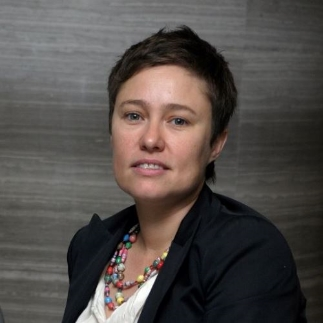
The report reveals that while policies which place an explicit price on carbon are increasing globally, with a 23% increase between 2015-2016 in companies embedding an internal carbon price, they are not incentivising companies enough to undergo the rapid transformation needed to achieve abelow 2°C scenario. The research also shows there are other carbon-related price signals embedded in the economy which need to be considered, including policy, innovation and shifting market dynamics.
“The power sector is at the heart of the shift to a low-carbon future. Power generation needs a complete overhaul, with 100% decarbonisation needed globally by 2050 to have a better chance of keeping to 2 degrees,” commented Nicolette Bartlett, CDP’s Director of Carbon Pricing. “By factoring in carbon prices necessary for this transformation, utilities and investors can better assess climate-related risks as well as identify commercially attractive carbon-free alternatives.”
The Carbon Pricing Corridors is part of the work conducted by CDP under the We Mean Business initiative comprising a panel of more than 20 chief executives and senior leaders from across the G20 who provide market insights into the future impact of carbon pricing. Investors, companies and policymakers can use the price ranges to help calculate the risks and opportunities posed by climate risk to investment decisions. The power sector currently uses an average carbon price of $35/tonne. The panel identified that utilities would need a carbon price range between $30 – $100/tonne by 2030 to limit global warming to 2°C.
The price ranges could be particularly useful for those companies and investors who plan to align their business models with the goals outlined in the Paris Agreement using an internal carbon price. Findings suggest that carbon prices emerging by 2030 will impact capital expenditure decisions being made by power companies today.
This report comes at a critical moment as Mark Carney’s Taskforce on Climate-related Financial Disclosure (TCFD) highlights a clear need for investors to be able to stress test their portfolios against a range of scenarios. The Carbon Pricing Corridors initiative provides organisations with a ready-made tool to stress test their investment decisions in light of the Paris Agreement.
There is increasing momentum for carbon pricing in both public and private spheres, as renowned economists Joseph Stiglitz and Lord Nicholas Stern have established a high-level commission on carbon pricing for policymakers.
Lance Pierce, President of CDP North America, commented: “Industry-led endorsement of this initiative underscores the spread of carbon pricing as a tool for both business and policy. The price ranges identified by the Corridors initiative can help investors and companies with the increasingly important task of calculating the transitional risks brought on by climate change. TCFD recommendations point to the clear need for investors to be able to stress test their portfolios against a below 2°C scenario, and many are seeing robust carbon pricing as an important way to operationalise the TCFD recommendations. Preparing for a price on carbon today will help transform the wider economy tomorrow, decreasing climate-related risk more broadly and supporting financial stability.”
“Our focus on the Task Force is on how companies can and should integrate climate-related risks and opportunities into their core financial planning and reporting. We recommend companies sense check their business strategy against a range of scenarios, including taking into account that over 200 countries agreed to the ambitious goal of stabilizing the climate below 2-degrees. There is a very real transition underway, in particular across the energy sector. The private sector needs to take this into account if we are allocate capital to the right places and ensure financial stability,” commented Mark Lewis, Managing Director, Head of European Utilities Equity Research, Barclays; Member of the Task Force on Climate-related Financial Disclosure.
Other findings include:
- Public policy: Policymakers can use these findings in their cost-benefit analyses of policy proposals and in public procurement decisions.
- User friendly: The initiative has developed a ‘user matrix’ detailing how different sectors can use the price ranges over different time periods, to benchmark their investment decisions against these price signals.
- Price ranges: Price ranges for the period to 2030 do not differ significantly from those created by institutions such as the IEA and Carbon Tracker. However, there are variations nearing 2030, when some panel members believe a lower price than other models will be needed due to technology break-throughs and favorable renewable cost curves.
The initiative is due to report on its initial carbon price ranges in other energy-intensive sectors over the next two years, including steel, cement, paper & pulp and aluminum.

